Vol 23, No. 1 Sponsored by:
We're on Facebook! 662 members and counting... Baton Rouge, LA -- Please join me in thanking and congratulating our past chair, Narissra M. Punyanunt-Carter, and all of the MCD officers for their tireless and unwavering service to the division in 2017. Our division has many moving parts and these individuals unselfishly gave up their time and talents to help the division run smoothly. I'm very honored and excited to serve as chair of one the largest and most academically diverse divisions of NCA. The 2018 officers and I hope to build on the foundation laid by previous leadership boards by providing you with opportunities to share your innovative teaching ideas and engage with this community through your scholarship. The 104th NCA convention will be held in Salt Lake City, Utah from Nov 8-11, 2018. Submissions are now being accepted for our division. Please keep the deadline of March 28 (11:59 PM PACIFIC) in mind while planning to submit to the 2018 convention. More details about the convention can be found here. We also invite individual competitive papers, paper session and panel submissions that highlight the diversity of scholarship in the division. One of our strengths is the wide range of topics, theoretical perspectives, and methodologies that our members' works bring to every convention. Please read the division call for papers for more details on the submission process. If you're interested in serving as a paper/panel reviewer for this year's convention, please complete the reviewer volunteer form. Finally, please be sure to select MCD as one of your membership divisions when you renew your NCA membership this year. Your membership makes a difference. It provides the division benefits such as more sessions at the convention, the best times/venues for our division's sessions and more representatives at the NCA Legislative Assembly. I look forward to meeting you in Salt Lake! In the meantime, you can stay abreast of MCD events and happenings through the Gatekeeper online, our MCD Facebook page, and on Twitter using #ncamcd Also, be sure to share any news and announcements that would be of interest to the membership! Dr. Meghan S. Sanders Wishing you all happiness,
Editor's NotePocatello, ID -- Please enjoy reading through this new issue of The Gatekeeper. I'm excited to welcome Dr. Meghan Sanders as our new division chair. Below you'll find a Gatekeeper Scholar Chat with Dr. Nicole Martins from Indiana University. Her work focuses on media effects and children, violence, and gender. Please pass along any ideas for content for future issues of The Gatekeeper. Our next issue is in the summer. All the Best,
<<back to top>> AnnouncementsJob Call -- Department Chair and Founder of New Department, Texas Tech UniversityLubbock, TX -- The College of Media & Communication at Texas Tech University is seeking a visionary academic leader to help establish a new academic department, grow a new undergraduate degree program, and mentor a team of faculty dedicated to excellence in teaching, service and research to the disciplines and industries of professional communication. This new department, projected to be titled the Department of Professional Communication, will serve as the academic home to the new B.A. degree in Digital Media & Professional Communication, which will be available on-campus and at Texas Tech University's regional sites. The College is seeking a colleague with a demonstrated record of academic leadership in the areas of media and professional communication and distance education, as well as a national reputation in teaching, research, and service. This is a full-time tenured position at the rank of associate or full professor status. In addition to administrative duties, the chair will teach a 1:1 load. Anticipated start date is fall 2018 or spring 2019. Review of applications will begin on March 25, 2018 and will continue until the position is filled. Applicants should apply online at www.texastech.edu/careers, referencing the Requisition Number 13363BR. Candidates will be asked to provide a letter of application describing their research interests, teaching experience, professional experiences, and why they are interested in creating and growing a new academic department, a current curriculum vita, graduate transcripts, and a list of three references with names, addresses, email addresses and phone numbers. The search committee chair is Dr. Erik Bucy, Marshall and Sharleen Formby Regents Professor of Strategic Communication. Questions may be addressed to him at erik.bucy@ttu.edu or +1 (806) 834-3346 Full call found here: https://www.depts.ttu.edu/comc/about/employment/Dept-Chair-Founder.php <<back to top>> Gatekeeper Scholar ChatDr. Nicole Martins
Dr. Martins enjoys running, completing the famous New York City marathon last year and looking forward to competing in Montreal later this year. She was gracious enough to interrupt her sabbatical and talk to The Gatekeeper in early March via FaceTime. Gatekeeper: Your work focuses on media effects, specifically images and representations across media content. What specifically drew you to that area? NM: I'm definitely trained in the media effects paradigm, focusing on children and kids. My initial foray into this topic came as a result of who I was fortunate work with at the University of Illinois while grad school. Barbara Wilson was there and the lead investigator on the National Television Violence Study, so working with her allowed me to understand relational aggression in children and media. I was also Chris Harrison's research assistant, looking at the relationship between eating disorders and young children. Both have a connection to gender, and the body image stuff started with young girls but has now increasingly been about young boys and men. NM: What comes to mind is the recent shooting in Parkland -- how people are interested in what effect media violence may have. I try to tell parents that they need to be comfortable with an "It depends"-type of answer. There is no evidence that links school shootings to media violence. In video games, it has been shown to lead to aggression in children, but to make the leap that it results in a school shooter? We don't have that evidence. These kinds of debates are often focusing on the wrong types of questions. We should be talking about gun policies and children's access to guns rather than video games as responsible for this behavior. Parents are looking for short and dirty and crisp answers about what specific rules they should implement in the home, but we can't offer that. It's not a one-size-fits-all situation. For me, moderation in all things is key, which we know drives parents crazy. So that's why communicating our research to parents can be a challenge. They're not always satisfied with "It depends." From a media effects standpoint for my students, you can't study what doesn't exist. I had some students who were interested in looking at LGBTQ portrayals, but they struggled finding enough representations for their experiments. That's challenging, and suggests media effects scholars talk to the industry. If you follow Stacy Smith's trajectory with her partnerships, it's been truly amazing. Frances McDormand, who won an Oscar, referred in her speech to research that came out of Stacy's lab. We're not telling Hollywood how to make movies or what to do with the plot, just that if you bring on more diversity behind the camera, it will naturally change what we see in front. That's a great example of really positive change that's not preachy. Gatekeeper: In one of your articles from 2012, the research found that young white boys report positive experiences of watching television, but girls and children of color come away with negative perceptions of themselves. That's really interesting. NM: I got a lot of hate mail for that one. Gatekeeper: Do you feel like entertainment media are changing, though? NM: So a limitation I need to acknowledge is we weren't specifically looking at content. But we have enough content analytics to suggest that representations of women and people of color are still largely stereotypical and often negative. This is especially true in children's programming, where male characters are far more evident than female characters. Children are taking things away from that: if you're a young African-American girl, you don't see many portrayals of characters like you on Disney or Nickelodeon. Doc McStuffins and a couple of other characters are great, but exceptions to the rule. Kids are still seeing this message of symbolic annihilation. If there is a large absence of stories about people who look like you, then you are likely to think you are not important. Gatekeeper: Are there signs of optimism or is it hard to get to that point knowing that there remain such imbalances? NM: One the one hand, you look at the success of Black Panther, and I hope the industry is paying attention. It's a predominantly African-American cast that was beautifully written and directed. What's driving people to the theater is not who the lead actor is but whether it's a good plot and movie. If we see more of that, I think it's great. I was very heartened with some of the folks in the Obama administration who created workshops on women and girls that I was fortunate enough to attend. They tried to get people like social scientists and those in the toy industry and in Hollywood to foster more positive female role models in media. That was wonderful, getting all these people in the same room. We may not have always had the same language, but the goal was the same. That initiative was led by Valerie Jarrett, but now we have a different president and I'm not confident that is a priority at all. But I was so excited what the possibilities could be. Gatekeeper: In terms of convergence of media, you work a lot with television programming and video games, and we discussed before the film industry. I'm curious if you find any differences in the data of effects among these entertainment media in your own research or the literature? NM: I'm not comfortable treating all media the same. A good example is the rich history of looking at violence in television and film. We know it's prominent and glamorized, but the most popular examples of media aren't violent. When people have control over what they post, it's often not violent. They're posting because they like the story or it's funny. With that outcome, it suggests a difference. With regard to body image, we see idealized portrayals in television and film but there is variability in video games with male characters. We see the muscle-bound but also Mario, the pudgy little plumber. It would be irresponsible to treat all media across all platforms the same because we could miss healthy portrayals. I never want to seem like the person who says, "All media are bad," especially because we see programming in the lives of children that can teach some positive things. Gatekeeper: I like how you use the grammatically correct use of media, as in media are. I'm always skeptical to hear about how the media is this or that when we know media are a multiplicity of competing technologies and economic concerns, proving everything from information to entertainment. NM: We're always correcting that on student papers. With all of what's going on in social media, too, I would hate to classify media as incapable from allowing some people to find others like them or use media as type of empowerment. It's smart to think about them separately. Gatekeeper: I noticed you were also interested in researching fashion blogs. What can you tell us about them? NM: Yes, with my grad student, Ashley [Kraus]. We unfortunately saw more of the same, but it could be because blog writers have internalized what the ideal should look like. People are gravitating toward more lean individuals. Gatekeeper: Right now you're on sabbatical. Are you using the time to explore new modes of research or phenomena you and others have done before? We're all curious what you're up to. NM: I'm doing two studies, one is replication and the other is something new. The first project is revisiting the National Television Violence Study. It's been 20 years since that content analysis was done, and the television landscape has changed dramatically with the advent of streaming services. We are not doing as a big of content analysis, due to funding, but we are doing primetime content and the same networks as the NTVS, with over 900 programs in our sample over 20 weeks, as well as 20 streaming shows. We're looking for not just an apples-to-apples comparison from then to what we see now, but whether we're seeing things change when there's not as many restrictions for platforms like Netflix. We're looking at everything from Henry Danger to American Dad to Westworld. I'm really excited about that project, and hope to present it at NCA next year. The second project is something that has been understudied and a fairly new topic from me. We're looking at parental disparity and conflict with respect to media rules in the home and how that impacts adolescent outcomes. A lot of research shows how parental mediation can help mitigate negative effects, but there's almost nothing about whether parents agree about these rules. Maybe mom has rules but dad lets a child play violent video games. Does that inconsistency lead to teens seeking out content that at least one parent doesn't want them to see? This came out of a discussion I had at NCA one year where I knew, at the time, that my own mom was letting my kids watch whatever they wanted. I just cleaned the data file this morning, and am excited to get in there. Gatekeeper: I have a three-year old myself and find it difficult at times to balance what I know about media content. Is it at all difficult balancing roles as a parent and a scholar who researches media effects on children? Do you find yourself paying too close attention to what your kids watch? NM: It's funny. Before I had kids I was a little judgmental and too idealistic about how things were going to go in my house. With the first child, it was easy to control. He didn't even know what the rules were: he knew the TV was for Elmo and that's it. But when the second one came along, the younger one wanted to watch what the older one wanted. So they're spending more time with screens, and now, when they go to school, the peer influence is so strong. "So and so can watch that but I can't," or "So and so can play this video game." Balancing the rules with the cultural capital kids get from media use has been challenging. Another study I would like to do gets at some of the peer influences, but it's so challenging. My kids just saw a preview for the new Jurassic Park movie, but I'm, like, "Forget it, you wouldn't sleep for a week." Gatekeeper: You mention how you're following up on NTVS twenty years later and you're a very data-driven person. But in a more general, broader way, given all the changes to media and streaming services, can you speculate for us whether, and to what degree, you think change is coming? NM: My observation, somewhat anecdotally, is that I suspect the number of violent programs have gone down. That's because people don't watch shows because they have violence in them. People watch shows for other reasons -- plot, humor, action. The popular shows on Netflix and Amazon are programs that are well written and have diversity allowing for freedom. That's just a guess, but the industry assumption, "We make violence because that's what people like," is off. All the reality shows, for instance, have relational aggression, but not the violent programs we saw 20 years ago. Gatekeeper: Can you speak a little about pedagogy for us -- the courses you teach, what you like to do in those classes, what makes for effective media teaching? NM: I'm a social scientist by training so all of my courses take that approach. I teach children and media as well as gender and media, but my perspective is to make it as applied as possible for relevance. In Children and Media, that can be challenging as most of our students aren't parent and they think we can just limit types of media in the future -- Gatekeeper: Wish them luck with that! NM: -- I know, right? But I have them go and observe parents and their kids in a public space. They discover parents don't give children media because they're bad parents, but you see you need the ipad when you have, say, a four-hour delay in O'Hare Airport. It also allows them to reflect on their own experiences as children. I also have them share clips on children and violence so they can see how prevalent it is. Gatekeeper: In the research of our field, and in mass communication more generally, is there any area you see underappreciated and would like to see us consider more? NM: One consistent finding in children's media literature is that minority children spend more time with media than white kids. What's curious to me about that is, why does that happen? So much of that content does not feature characters or plotlines with minority characters. I'd like to see how and why minority media use draws from content that ignores them. I don't know what sort of gratification we see from these storylines, so I'd like to see that pursued. Gatekeeper: Thank you so much for this. Is there any final message you have for the division, or anything we haven't covered? NM: I just think about my conversations with graduate students over the years. I would recommend pursuing that which you're really passionate about, and not just what you think the quickest path to publishing is. What you find when you pursue what is easiest doesn't work, but if you have a passion about your topic, it will carry your research and keep you motivated. I've had the good fortune of sticking with a topic I feel passionate about and love it, and am thankful for it.<<back to top>> NCA MCD OFFICERS
This site best viewed and navigated with Internet Explorer 7x or greater, and seems to work fine with Google Chrome and Mozilla Firefox. (c) 2018 NCA Mass Communication Division |
|||||||||||||||||||||||||||||||||
/20th_2.jpg)
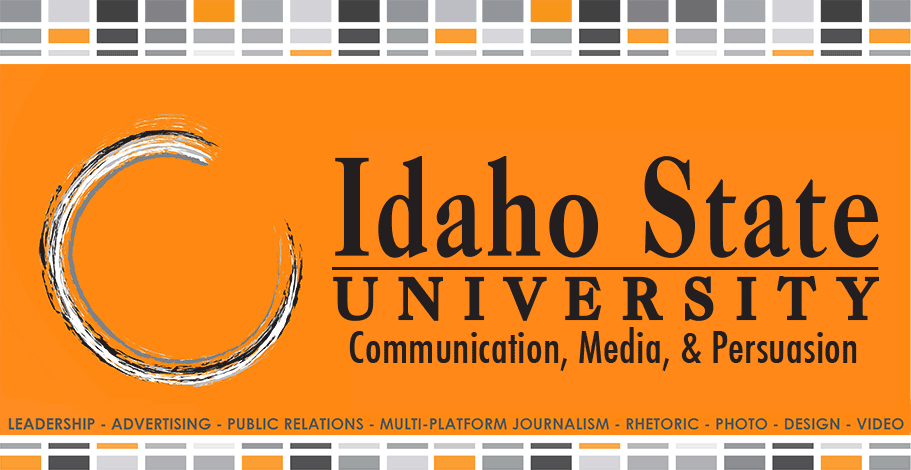

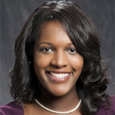
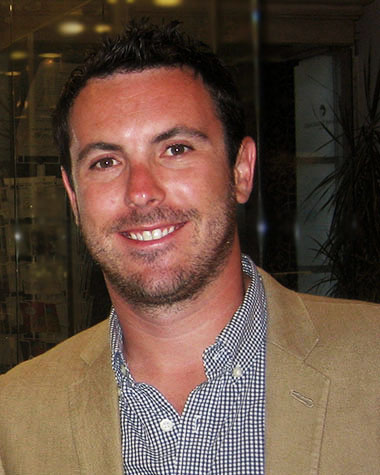 Dr. Zac Gershberg
Dr. Zac Gershberg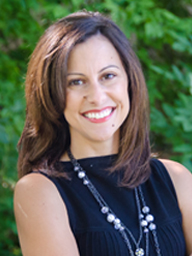

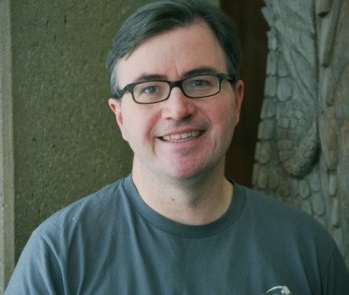 Vice Chair-Elect / Ad-Hoc Awards
Vice Chair-Elect / Ad-Hoc Awards
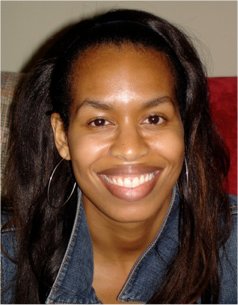 Secretary
Secretary Graduate Student Rep.
Graduate Student Rep.
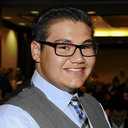 Graduate Student Rep. - Elect
Graduate Student Rep. - Elect
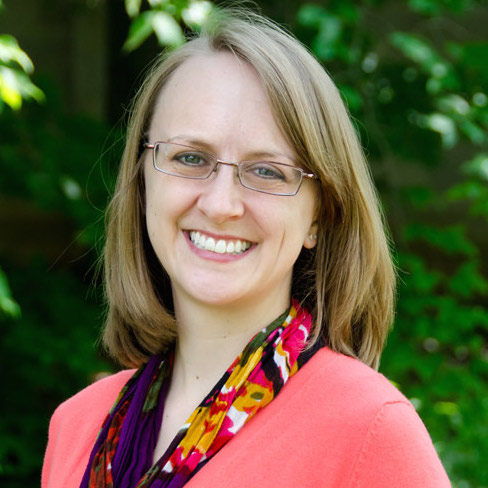 Second Vice-Chair
Second Vice-Chair Second Vice-Chair - Elect
Second Vice-Chair - Elect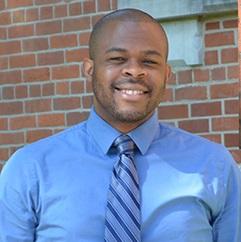 Committee Chair
Committee Chair  Chair-Elect
Chair-Elect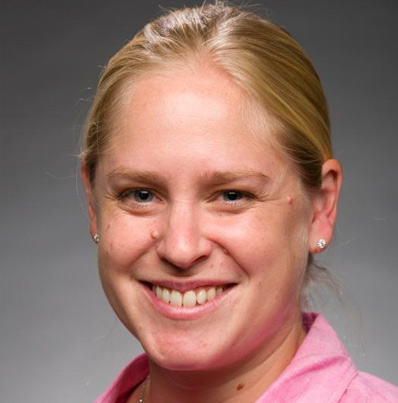 Nominations Committee
Nominations Committee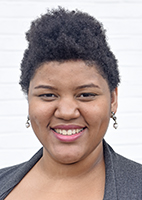 Nominations Committee - Elect
Nominations Committee - Elect Representative to NCA Nominations Committee
Representative to NCA Nominations Committee
 Legislative Assembly
Legislative Assembly